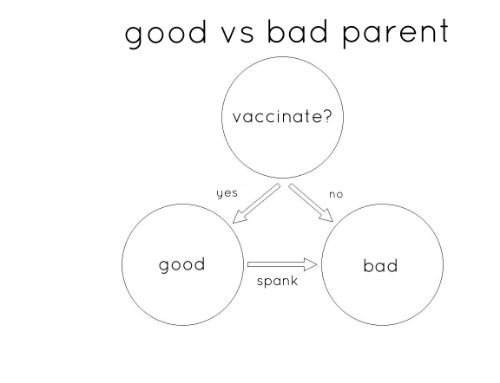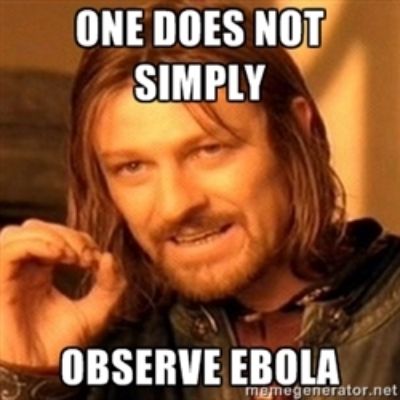Boston, MA -- Nursing is one of the most dangerous jobs in America, but the reasons may surprise you. Most nurses have been kicked, punched, scratched, spit on, pooped on, bit on, hit on or called names at some point in their career, but physical assault was not the reason nurses cracked the top ten list for most dangerous jobs in America.
An epidemic of chart attacks is sweeping through hospitals with alarming speed, afflicting thousands of nurses with deadly consequences. A chart attack - often mistaken for a heart attack - is the collection of signs and symptoms that occur during nurse charting opportunities, defined by researchers to include any nurse at work and any nurse with a computer at home.
Symptoms include the sensation of an elephant sitting on the chest, left arm pain, shortness of breath, nausea, diaphoresis, lightheadedness, syncope or being irritated by something. An elevated troponin is often found with ECG changes, including tomb-stoning ST elevation and runs of VT-VF alternans.
After reviewing data from thousands of hospital EHR systems, researchers found a direct correlation between nurses who had presumed heart attacks and nurses who chart, leading journalists to publicly declare that charting causes chart attacks and labeling chart attacks as a cute new leading cause of on-the-job injury in America.
Researchers discovered hundreds of cases where hospital rapid response teams (RRT) were called to assist charting nurses, including Ben Fester, a 47 year-old nurse with three cardiac stents last year.
"We just thought he was exhausted from documenting accurate I's and O's," said Tonya Bedder, the rapid response nurse who found Ben face down while charting that he didn't have time to finish charting.
Health and Human Services used this research to declare electronic documentation as wildly successful. "This is the clearest example so far of the benefits of electronic health records. If not for the heroic documentation efforts of our nurses, we would have never known charting was killing our nurses," said HHS Secretary Sylvia Mathews Burwell, who subsequently signed an order requiring all nurses to chart their chart attack symptoms.
Some nurses were surprised at their misdiagnosis of heart attack. "You mean I had four stents followed by a five vessel cabbage for nothing?" said nurse John Flemming, a 2-pack-per-day smoker who always volunteers to take all the patients out for fresh air and now believes he was actually having a chart attack when his symptoms hit.
To treat a chart attack, researchers recommend nurses stop charting or stop thinking about charting for five minutes, and then try again to see if the symptoms return. They urge against seeking medical care, as this would interrupt the nurse focus on completing all necessary charting activities.
However, nurses complained this recommendation was not realistic. "Our hospital policy says if we stop charting, we get fired," said John, who had just finished charting a respiratory rate of 20 on all his patients.
 |
| Charting now feared as workplace hazard |
Symptoms include the sensation of an elephant sitting on the chest, left arm pain, shortness of breath, nausea, diaphoresis, lightheadedness, syncope or being irritated by something. An elevated troponin is often found with ECG changes, including tomb-stoning ST elevation and runs of VT-VF alternans.
After reviewing data from thousands of hospital EHR systems, researchers found a direct correlation between nurses who had presumed heart attacks and nurses who chart, leading journalists to publicly declare that charting causes chart attacks and labeling chart attacks as a cute new leading cause of on-the-job injury in America.
Researchers discovered hundreds of cases where hospital rapid response teams (RRT) were called to assist charting nurses, including Ben Fester, a 47 year-old nurse with three cardiac stents last year.
"We just thought he was exhausted from documenting accurate I's and O's," said Tonya Bedder, the rapid response nurse who found Ben face down while charting that he didn't have time to finish charting.
Health and Human Services used this research to declare electronic documentation as wildly successful. "This is the clearest example so far of the benefits of electronic health records. If not for the heroic documentation efforts of our nurses, we would have never known charting was killing our nurses," said HHS Secretary Sylvia Mathews Burwell, who subsequently signed an order requiring all nurses to chart their chart attack symptoms.
Some nurses were surprised at their misdiagnosis of heart attack. "You mean I had four stents followed by a five vessel cabbage for nothing?" said nurse John Flemming, a 2-pack-per-day smoker who always volunteers to take all the patients out for fresh air and now believes he was actually having a chart attack when his symptoms hit.
To treat a chart attack, researchers recommend nurses stop charting or stop thinking about charting for five minutes, and then try again to see if the symptoms return. They urge against seeking medical care, as this would interrupt the nurse focus on completing all necessary charting activities.
However, nurses complained this recommendation was not realistic. "Our hospital policy says if we stop charting, we get fired," said John, who had just finished charting a respiratory rate of 20 on all his patients.
source : http://lintas.me, http://pinterest.com, http://thehappyhospitalist.blogspot.com






0 Response to "Chart Attacks a Leading Cause of Death Among Nurses. #63533"
Posting Komentar